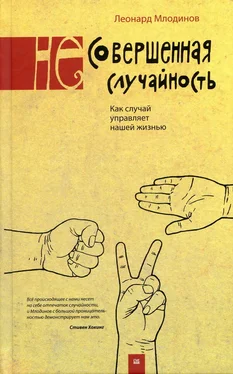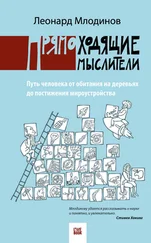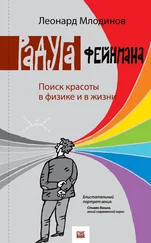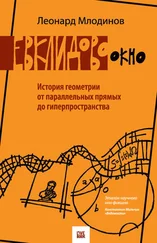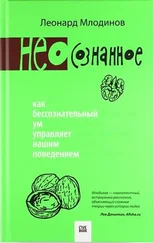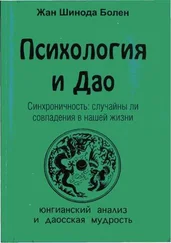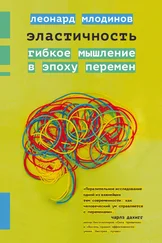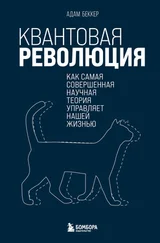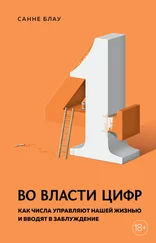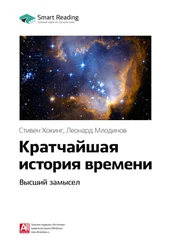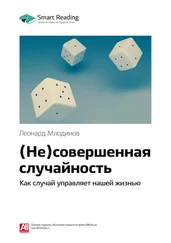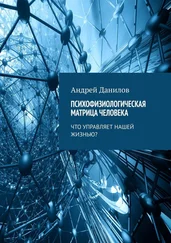Ibid., p. 137.
Gilberte Pascal, quoted ibid., p. 135.
See A.W.F. Edwards, Pascal's Arithmetical Triangle: The Story of a Mathematical Idea (Baltimore: Johns Hopkins University Press. 2002).
Blaise Pascal, quoted in Herbert Westren Turnbull, The Great Mathematicians (New York: New York University Press, 1961), p. 131.
Blaise Pascal, quoted in Bishop, Pascal, p. 196.
Blaise Pascal, quoted in David, Gods, Games and Gambling, p. 252.
Bruce Martin, «Coincidences: Remarkable or Random?» Skeptical Inquirer 22, no. 5 (September/October 1998).
Holland, What Are the Chances? pp. 86–89.
Tijms, Understanding Probability, p. 53.
Scott Kinney, «Judge Sentences Kevin L. Lawrence to 20 Years Prison in Znetix/HMC Stock Scam», Washington State Department of Financial Institutions, press release, November 25, 2003;
http://www.dfiwa.gov/sd/kevin_laurence_sentence.htm.
Interview with Darrell Dorrell, August 1, 2005.
Lee Berton, «He's Got Their Number: Scholar Uses Math to Foil Financial Fraud», Wall Street Journal, July 10, 1995.
Charles Sanders Peirce, Max Harold Fisch, and Christian J. W. Kloesel, Writings of Charles S. Peirce: A Chronological Edition (Bloomington: Indiana University Press, 1982), p. 427.
Rand Corporation, A Million Random Digits with 100,000 Normal Deviates (1955; repr., Santa Monica, Calif.: Rand, 2001), pp. ix-x. See also Lola L. Lopes, «Doing the Impossible: A Note on Induction and the Experience of Randomness», Journal of Experimental Psychology: Learning, Memory, and Cognition 8, no. 6 (November 1982): 626-36.
The account of Joseph Jagger (sometimes spelled Jaggers) is from John Grochowski, «House Has a Built-in Edge When Roulette Wheel Spins», Chicago Sun-Times, February 21, 1997.
Более подробные сведения о семье Бернулли и жизни Якоба: E.S. Pearson, ed., The History of Statistics in the 17th and 18th Centuries against the Changing Background of Intellectual, Scientific and Religious Thought: Lectures by Karl Pearson Given at University College, London, during the Academic Sessions 1921–1933 (New York: Macmillan, 1978), pp. 221-37; J.O. Fleckenstein, «Johann und Jakob Bernoulli», in Elemente der Mathematik, Beihefte zur Zeitschrift, no. 6 (Basel, 1949); and Stephen Stigler, «The Bernoullis of Basel», Journal of Econometrics 75, no. l (1996): 7-13.
Quoted in Pearson, The History of Statistics in the 17th and 18th Centuries, p. 224.
Stephen Stigler, The History of Statistics: The Measurement of Uncertainty before 1900 (Cambridge, Mass.: Harvard University Press, 1986), p. 65.
Pearson, The History of Statistics in the 17th and 18th Centuries, p. 226.
William H. Cropper, The Great Physicists: The Life and Times of Leading Physicists from Galileo to Hawking (London: Oxford University Press, 2001), p. 31.
Johann Bernoulli, quoted in Pearson, The History of Statistics in the 17th and 18th Centuries, p. 232.
Это зависит от того, что вы считаете «современной концепцией». Я соглашаюсь с определением Ханкеля 1871 г, подробно изложенным здесь: Gert Schubring, Conflicts between Generalization, Rigor, and Intuition: Number Concepts Underlying the Development of Analysis in 17th-19th Century France and Germany (New York: Springer, 2005), pp. 22–32.
David Freedman, Robert Pisani, and Roger Purves, Statistics, 3rd ed. (New York: W. W. Norton, 1998), pp. 274-75.
Цитата Хэкинга: Ian Hacking, The Emergence of Probability (Cambridge: Cambridge University Press, 1975), p. 143. Цитата Бернулли: David, Gods, Games and Gambling, p. 136.
Дискуссия на тему того, что именно доказал Бернулли: Stigler, The History of Statistics, pp. 63–78, and Ian Hacking, The Emergence of Probability, pp. 155-65.
Amos Tversky and Daniel Kahneman, «Belief in the Law of Small Numbers», Psychological Bulletin 76, no. 2 (1971): 105-10.
Jakob Bernoulli, quoted in L.E. Maistrov, Probability Theory: A Historical Sketch, trans. Samuel Kotz (New York: Academic Press, 1974), p. 68.
Stigler, The History of Statistics, p. 77.
E.T. Bell, Men of Mathematics (New York: Simon & Schuster, 1937), p. 134.
The account of the Harvard student is from Hastie and Dawes, Rational Choice in an Uncertain World, pp. 320-21.
Этот вариант я слышал от Марка Хиллери с факультета физики колледжа Хантера, Городской университет Нью-Йорка, который в свою очередь узнал о нем во время поездки в Братиславу, Словакия.
Quoted in Stigler, The History of Statistics, p. 123.
Ibid., pp. 121-31.
U.S. Social Security Administration, «Popular Baby Names: Popular Names by Birth Year; Popularity in 1935», http://www.ssa.gov/cgi-bin/popularnames.cgi.
Division of HIV/AIDS, Center for Infectious Diseases, HIV/AIDS Surveillance Report (Atlanta: Centers for Disease Control, January 1990). Я произвел подсчеты на основании предоставленных статистических данных, однако помимо этого воспользовался еще кое-какими сведениями. В частности, взятыми из примеров заражения СПИДом, не ВИЧ-инфекцией, однако это никак не сказывается на цели — проиллюстрировать идею.
Если быть точным, вероятность того, что А произойдет, если произойдет В, равна вероятности того, что В произойдет, если произойдет А, помноженной на поправочный коэффициент, который уравнивает между собой вероятность А и вероятность В.
Gerd Gigerenzer, Calculated Risks: How to Know When Numbers Deceive You (New York: Simon & Schuster, 2002), pp. 40–44.
Donald A. Barry and Lee Ann Chastain, «Inferences About Testosterone Abuse Among Athletes», Chance 17, no. 2 (2004): 5–8.
John Batt, Stolen Innocence (London: Ebury Press, 2005).
Stephen J. Watkins, «Conviction by Mathematical Error? Doctors and Lawyers Should Get Probability Theory Right», BMJ 320 (January 1, 2000): 2–3.
Читать дальше
Конец ознакомительного отрывка
Купить книгу
